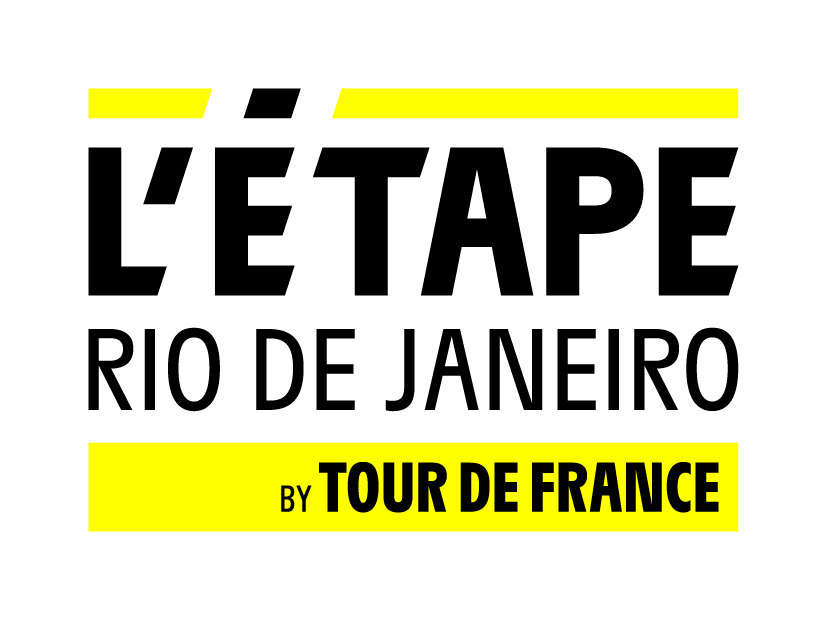RUNWAY SAFETY in L'Étape Rio
A PILLAR OF
LÉTAPE BRASIL
BY TOUR DE FRANCE
In our events, athletes can count on roads that are 100% closed to cars, specialized medical structure and track signaling similar to the main cycling competitions in the world, thus shaping our pillar of SAFETY.
This is all in addition to our work done in partnership with the city hall of the host cities, where we seek to improve the roads where the race passes, thus guaranteeing much more comfort when pedaling.
Our athletes will be able to better enjoy the beautiful landscapes and with full concentration on the course.
Launch System
At L'Étape Rio, we will follow the same system as at L'Étape du Tour de France, with starts in sequential waves, where the pelotons are released with intervals of 3 minutes between them, increasing the spacing between the athletes and thus guaranteeing , more safety in the first kilometers of the race.
When the athlete passes through the starting gantry, the timing system reads the chips individually and, regardless of what time and squad he left, the net race time is opened and paused, only when crossing the starting and finishing lines.
It is important for each cyclist to identify his squad and be aware of the opening and closing times of the gates, according to the route he will take. The squad will be marked on the timing kit envelope, inside the athlete's kit.
Runway Signaling
At L'Étape Rio, the race routes will contain signs strategically placed on signs, among other guidelines along the routes, for greater safety for participants.
It is important for cyclists to be aware of these visual and sound signals, as well as the staff with flags and whistles, which warn about points of attention, such as dangerous curves or downhill stretches.
You can check examples of signs that participants will find on the routes in the athlete's guide.
Our track structure will also feature:
Hydration and food points, fixed mechanical support points and mobile mechanical support vehicles, support motorcycles, ambulances, helicopter, recovery zone on arrival and more than 400 track officials, including police, brigade members and volunteers, strategically positioned at the closures from various areas of the city; everyone working to ensure more safety on the roads, down to the last cyclist.
Other tips and “unspoken rules”
In amateur or professional cycling, there are several undocumented rules that improve coexistence on the pedal and guarantee more safety for everyone, especially when we are in the peloton.
Our ambassador, Ricardo Alcici, listed some of these unspoken rules and good tips for a group ride, ranging from beginners to elite athletes. Check out:
- Be clear! At certain times you will have to pass a cyclist, so let them know where you will pass, whether on the right or left.
- If you are in a peloton, avoid sudden changes in direction and SIGNAL any object that is in your field of vision or situations that can cause a fall/collision such as holes, “soft” sand and people on the road.
- If you blow your nose, make sure no one is in the direction you are blowing.
- You have a flat tire or you need to stop your bike, stop little by little, dodging to the sides, do not brake hard, try to signal your maneuver by raising your arm.
- If you want to take turns, pass the pointers slowly so that they can engage your wheel without having to "sprint" so that the relay continues "round" but if you want to escape, attack, then yes, pass hard and try to escape.
- Train yourself to “look sideways and backwards”, also in picking up the bottle, so that you can do these movements within a peloton without taking your bike in the direction you are looking / moving without purpose.
Stay safe and good pedals!
















.png?1.66)
